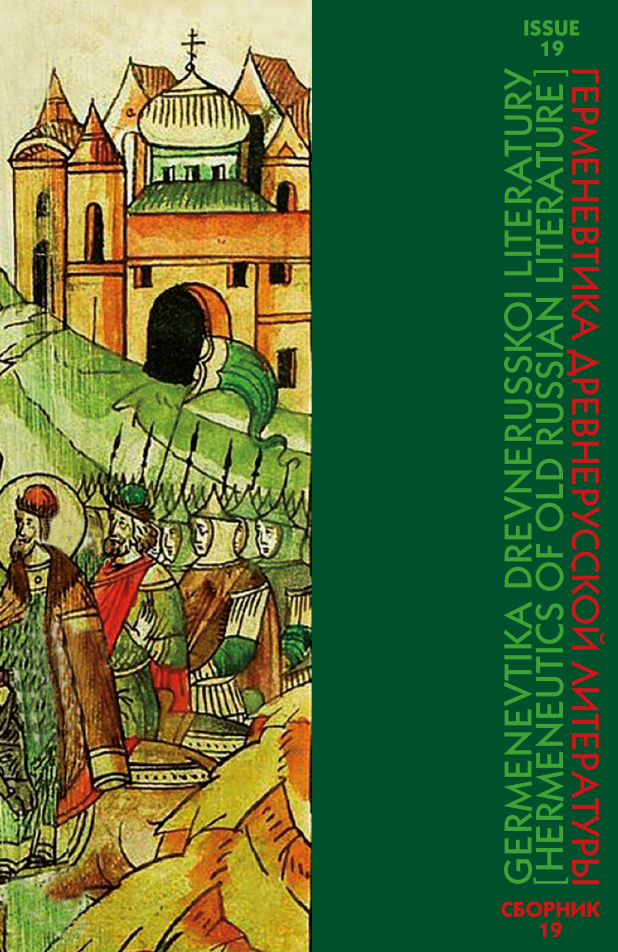Abstract:
The article examines Biblical quotes in the narration of Kazan campaign in Nikon Chronicle. A narration about the successful campaign by Ivan IV against Kazan in 1552 is included in the Patriarchal and Obolensky manuscripts of Nikon Chronicle as a part of official code created by A.F. Adashev The Chronicle of the Beginning of the Reign of Tsar and Grand Prince Ivan Vasilyevich. In the center of narration, in accordance with the author’s plan, personality of the first Moscow tsar is put, characterized by the various methods. The most important means of creating of the image of Ivan the Terrible were the motives of Gospel parables and quotes from the books of Old and New Testaments. The biblical quotations reveal many qualities of tsar, determinated by two evangelical images that run through the entire narration: a faithful good servant who fulfills the will of God, and a good shepherd. Both the author’s narration and the speeches of characters include biblical images; documental epistles and speeches of tsar and metropolitan introduced into the work also contain them. The most of quotations are inexact, they are paraphrasesand allusions; some of them have references to the type of source, others are unmarked, but almost all are easily recognizable, because the tradition of their use in chronicles is long. Quotes reveal or confirm the thoughts of author andcharacters, serve as one of the means of creating an expressive style.
REFERENCES
Kloss, B.M. Nikonovskii svod i russkie letopisi XVI–XVII vekov [The Nikon Code and the Russian Сhronicles of the 16th–17th Сenturies]. 2nd ed. Moscow, Kvadriga Publ., 2018. 366 p. (In Russian)






